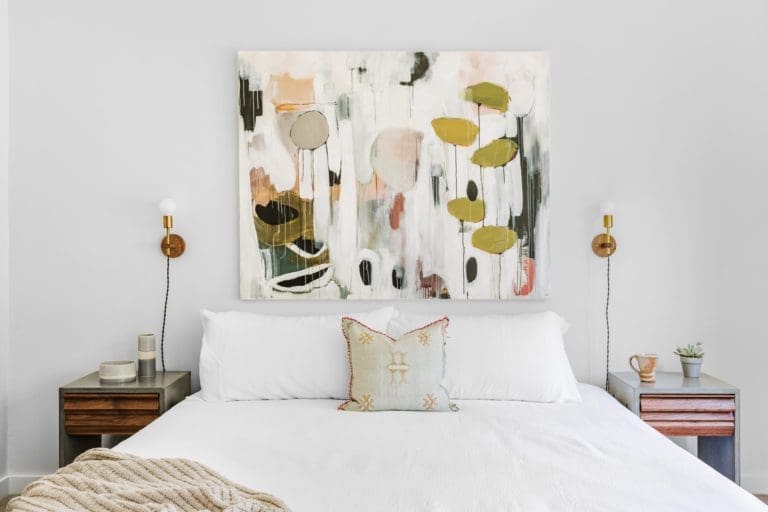Behind the Brand
Origins of Bohemianism
Today, bohemianism is the practice of an unconventional nomadic lifestyle, with few permanent ties, and often in the company of like-minded people. Bohemianism often involves artistic, literary, musical, or spiritual pursuits. With this nomadic and free-spirited lifestyle, bohemians may be considered wanderers, adventurers, or vagabonds.
The first generations of Bohemians were predominantly bourgeois youths on their own in Paris, trying out an independent, artistic life for the first time and frequenting the Latin Quarter at first, and Montmartre soon after. Monet, Pissarro, Renoir, Sisley, Oscar Wilde, Manet, and Gauguin are all well-known Bohemians.
The connotation of Bohemianism rapidly became a romantic one, and in the last decade “boho” style became a global trend. Boho style took over fashion, interior design, and almost every other area of life. Particularly the boho interior style is characterized by an eclectic taste, decoration items are often collected during travels and natural materials are preferred.
When it comes to travel, the term “wanderlust” is a manifestation of the boho lifestyle, describing the urge to travel and explore the world.
Bohemianism had an influence on travel style and preferences as well. Boutique hotels, quirky B&Bs, and eco-accommodation, as well as sustainable travel, can all be, at least in part, attributed to the bohemian movement. There are some travel hotspots where the boho style is very present, for example, Bali, Ibiza, and Tulum. These places, therefore, attract a very specific traveler but also run the risk of becoming inauthentic when commercialized too much.

